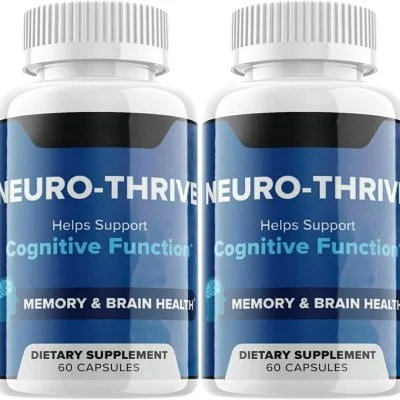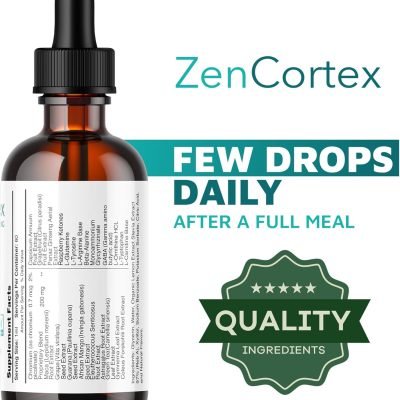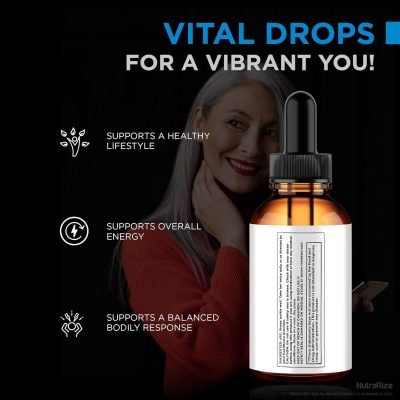My Honest Review of The Parkinson’s Disease Protocol: Can It Really Help?
Let’s get real for a second.
If you or someone you love is dealing with Parkinson’s disease, then you already know it’s more than just a diagnosis—it’s a daily challenge. The tremors, stiffness, the brain fog… they sneak in and try to control your life. I’ve personally watched someone close to me struggle with these symptoms, and managing it with just medications felt like patchwork at best.
So when I came across The Parkinson’s Disease Protocol, I got curious. Could a natural, holistic approach really help reduce those day-to-day symptoms—or even slow the disease’s progression?
I decided to dig deep. What you’re about to read is a complete, no-fluff breakdown of this digital program. Whether you’re looking for an alternative, an add-on to your current treatment plan, or something that actually makes you feel in control again, this is your full guide.
What Is The Parkinson’s Disease Protocol?
The Parkinson’s Disease Protocol is a step-by-step lifestyle program created to support the brain and body naturally. It’s completely digital, which means you can download and start from the comfort of your home.
Unlike most other programs or treatments, this isn’t about selling you a new supplement or making endless doctor visits. Instead, it shows you how to:
- Use food as a tool to fight inflammation
- Practice targeted exercises that improve coordination and balance
- Implement daily habits that may boost dopamine naturally
- Reduce the stress and anxiety that often worsen Parkinson’s symptoms
What really makes it stand out? It’s not just symptomatic relief—you’re working on the root causes. The entire protocol focuses on neuroprotection, brain chemistry, and total body health using natural tools. And, for just $49, it’s a one-time cost. You get lifetime access—no subscriptions or recurring charges.
Click here to check out The Parkinson’s Disease Protocol
Why Your Brain Needs More Than Just Medication
Let’s talk about what the medications don’t always fix.
Most people are given levodopa or other dopamine replacement drugs and told to “monitor their symptoms.” Sure, these help temporarily, but they also come with side effects—nausea, hallucinations, and depending on your dose, even worsen symptoms over time. And worse? They don’t stop progression.
That’s where The Parkinson’s Disease Protocol changes the game.
Think about your brain like a garden. Medication is like watering one plant. But if the soil is bad and the sun isn’t reaching the leaves, then no matter how much you water it, that plant isn’t going to flourish. This protocol gives you the sunlight, fertilizer, and TLC your whole garden needs—and that garden is your brain.
What’s Inside: A Glimpse At the Protocol
The program is broken into simple, easy-to-follow sections. You don’t need a science degree to understand it. In fact, it speaks in plain terms, so you or a loved one can take action immediately.
1. 🔍 Understanding Parkinson’s Triggers
You’ll first learn what’s really fueling Parkinson’s symptoms behind the scenes. Things like:
- Systemic inflammation
- Oxidative stress
- Gut-brain connection issues
- Nutrient deficiencies
It’s eye-opening—and empowering.
2. 🥦 Smart Nutrition for Brain Health
Focus foods include:
- Omega-3-rich fats (hello, walnuts and wild-caught salmon)
- Antioxidants from leafy greens and berries
- Natural dopamine helpers like bananas, avocados, and turmeric
You get meal templates, suggestions, and even “chef tips” for every stage of the condition.
And don’t worry—it’s modern-friendly. No boring boiled vegetable plans or extreme cutting. It’s sustainable, natural, and flexible.
3. 🏋️♂️ Targeted Exercises
This part was a game-changer for someone I know with moderate Parkinson’s symptoms.
The exercises are designed specifically for folks with any level of mobility. The focus? Neuroplasticity. That means rebuilding new neural pathways in the brain, which can actually help improve balance, reduce falls, and even support emotional control.
Most of the routines are short—around 20 minutes—and can be done at home.
4. 😴 Lifestyle Habits That Work With Your Brain
This is where we productively dive into routines that reduce stress on the nervous system. You’ll learn about:
- The right kind of rest and sleep hygiene
- Natural ways to manage stress and cortisol
- How to create a daily rhythm your brain loves
And more importantly… how these choices could help reduce your reliance on medication (always in partnership with your doctor, of course).
Is It Safe?
Absolutely. You’re not being told to quit medications or take some mysterious pill from an unmarked bottle. This protocol is 100% natural and complementary. It works with your current routine—not against it.
And with its built-in flexibility, you can tailor it based on your current symptoms, energy levels, and progress over time.
If you’re hesitant, there’s even a 60-day 100% money-back guarantee. Total peace of mind.
A Quick Look at the Pros and Cons
Pros:
- ✔️ Holistic and natural—no side effects
- ✔️ Lifetime access for just $49
- ✔️ 60-Day money-back guarantee
- ✔️ Can work alongside current treatments
- ✔️ Can be started immediately after download
- ✔️ Targets root causes, not just symptoms
Cons:
- ❌ May not be for those looking for a quick fix
- ❌ Requires lifestyle changes and consistency
- ❌ Not a substitute for medical advice
Who Is This Best For?
Based on what I’ve seen—and read—this protocol is a great fit for:
- Anyone in the early or moderate stages of Parkinson’s
- Caregivers looking for natural tools to support a loved one
- Individuals exploring non-pharma options
- Anyone tired of feeling powerless and wanting to regain control
Even if you’re currently on medication, this protocol doesn’t interfere. In fact, it might enhance your body’s response by improving baseline health.
Can This Really Work?
While we don’t have piles of double-blind studies on this exact protocol (yet), many of its principles are backed by real science.
For instance, nutrition’s impact on neurodegenerative diseases is well-documented. A 2022 journal article from the National Library of Medicine emphasizes how “diets rich in polyphenols and omega-3 fatty acids can help protect against dopamine neurodegeneration” Source. That’s a huge part of what’s used here.
Exercise? Same story. Multiple neurological studies support the idea that strength, balance, and cognitive-targeted workouts can greatly enhance quality of life for people with Parkinson’s APDA.org.
What makes this protocol powerful is that it pulls all those threads together, giving you one cohesive path to follow.
Real-Life Experiences
Now, while there aren’t a ton of reviews on major sites like Trustpilot yet (it’s still gaining traction), there are personal stories popping up in forums and health groups. Several people share that after a few weeks of following the protocol, not only did their physical symptoms ease up, but they had more energy and clarity throughout the day.
Is it magical? No. But is it minimal effort for massive potential gain? Absolutely.
Final Thoughts: Should You Try It?
Here’s my take.
If you’re someone who’s feeling worn out from managing symptoms with little real progress…
If you’re tired of bouncing from one supplement to another…
If you just want something natural, flexible, and rooted in real care…
Then The Parkinson’s Disease Protocol is absolutely worth a try. There’s honestly nothing to lose with the 60-day money-back guarantee—and potentially a lot to gain.
Start small. Tweak as needed. Build habits that actually serve your body.
Something this empowering and practical shouldn’t be sitting on a dusty digital shelf—it should be used every single day by people who want to feel like themselves again.
Ready to Reclaim Control of Parkinson’s?
You already have the strength—this protocol shows you where to point it. Click the link below and get started today.
DISCLAIMER: This article is for informational purposes only and does not constitute medical advice. Always consult your healthcare provider before making changes to your health routine.





